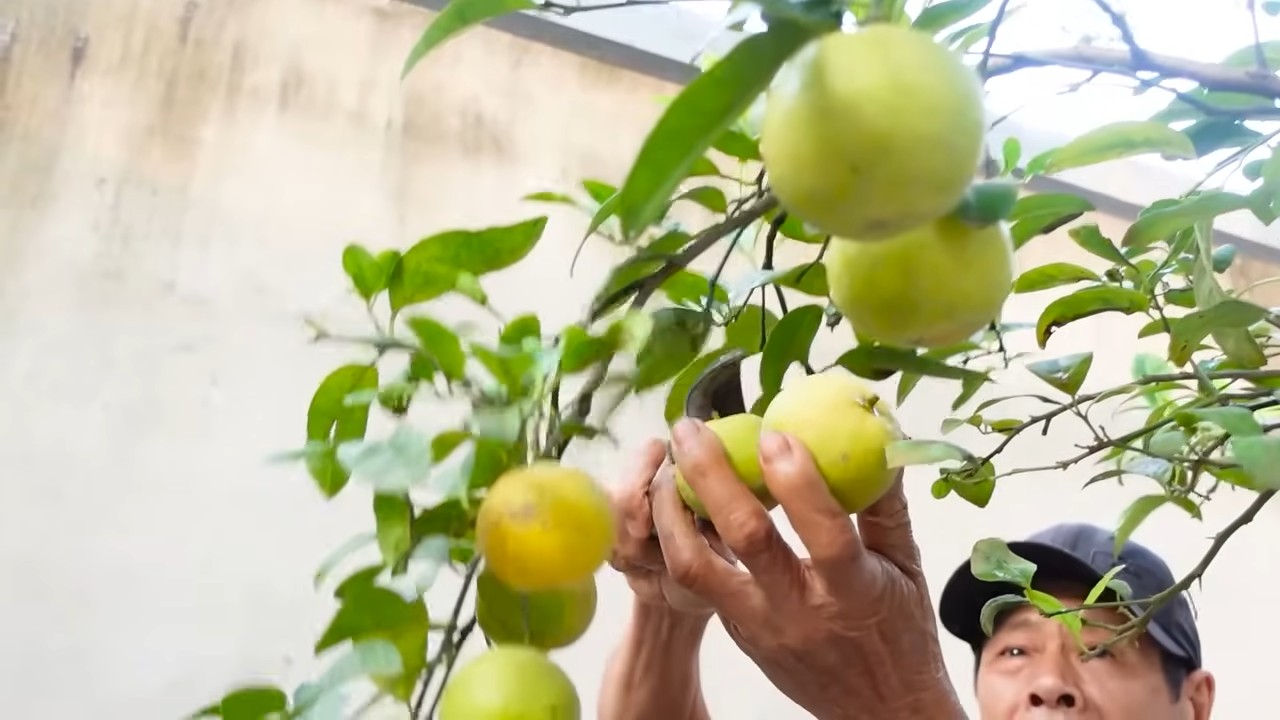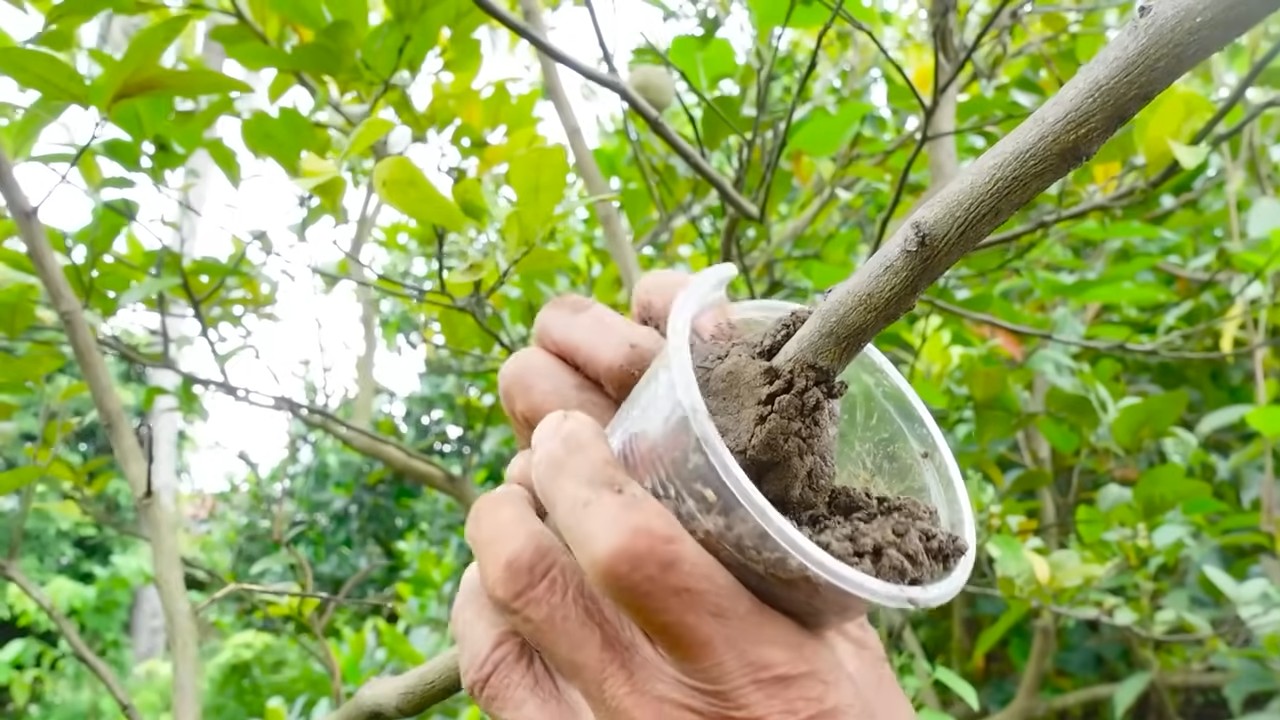Growing lemons at home might seem like a dream reserved for sun-drenched orchards, but I’m here to tell you it’s a deliciously achievable reality, even if you’re working with a small balcony or a sunny windowsill! Forget those supermarket lemons – imagine plucking your own juicy, fragrant citrus straight from your own little tree.
Citrus cultivation has a rich history, dating back thousands of years in Asia, eventually making its way to the Mediterranean and beyond. Lemons, in particular, have been prized for their culinary and medicinal properties for centuries. Think of the vibrant lemon groves of Italy, inspiring artists and chefs alike! But you don’t need a sprawling estate to partake in this tradition.
Why should you try growing lemons at home? Well, for starters, you’ll have access to the freshest, most flavorful lemons imaginable. Plus, you’ll know exactly what’s gone into growing them – no harsh chemicals or pesticides. But beyond the practical benefits, there’s something incredibly rewarding about nurturing a plant and watching it flourish. It’s a little slice of sunshine and accomplishment, right in your own home. In this article, I’m going to share some simple yet effective DIY tricks and hacks that will help you successfully grow lemons at home, regardless of your experience level. Get ready to enjoy the tangy taste of homegrown goodness!

Growing Lemons Yourself: Your DIY Guide for Your Own Lemon Tree
Hey you! Have you ever wondered what it would be like to harvest your own juicy lemons? Me too! And I can tell you, it’s not as hard as you might think. With a little patience and the right steps, you too can soon admire your very own lemon tree. In this guide, I’ll show you how you can easily do it yourself. Let’s go!
The Preparation: What You Need
Before we get started, let’s make sure we have everything ready. Here is a list of things you will need for your lemon tree project:
- Lemon seeds: Preferably from an organic lemon, as these are often untreated.
- Small pots or seed trays: These should have holes in the bottom so water can drain out.
- Seed starting mix: This is low in nutrients and loose, ideal for germination.
- Plastic wrap or a mini-greenhouse: To retain moisture.
- Spray bottle: To moisten the soil.
- A sunny location: Lemons love the sun!
- Patience: Lemons take time to germinate and grow.
Preparing the Lemon Seeds
Okay, now let’s get down to it! Preparing the lemon seeds is an important step for success.
- Remove the seeds: Cut open the lemon and take out the seeds. Choose the plumpest and healthiest-looking seeds.
- Clean them: Rinse the seeds under running water to remove any pulp residue. This is important to prevent mold.
- Dry (optional, but recommended): Let the seeds air dry for a few hours. This helps to slightly harden the outer layer.
- Remove the skin (optional, but speeds up germination): This is a little trick that can speed up germination. The seeds have a thin, transparent skin. Try to remove it carefully without damaging the seed. This is best done with your fingernails or a dull knife. Be very careful!
- Soak (optional, but recommended): Place the prepared seeds in a glass of lukewarm water for 24 hours. This softens the seeds and makes germination easier.
Sowing the Lemon Seeds
Now comes the exciting part: we’re sowing the lemon seeds!
- Prepare the pots: Fill the pots or seed trays with seed starting mix. Lightly press the soil down.
- Sow the seeds: Place the lemon seeds about 1-2 cm (about half an inch) deep into the soil. You can sow several seeds per pot, as not all will germinate.
- Cover: Cover the seeds with a thin layer of soil.
- Water: Gently moisten the soil with the spray bottle. The soil should be damp, but not wet.
- Cover up: Cover the pots with plastic wrap or place them in a mini-greenhouse. This creates high humidity, which is important for germination.
- Location: Place the pots in a warm and bright place, but not in direct, harsh sunlight. A temperature of 20-25°C (68-77°F) is ideal.
Germination: Patience is Required
Now it’s time to wait! Germination can take a few weeks, sometimes even longer. Be patient and don’t get discouraged if nothing happens right away.
- Check moisture: Regularly check the soil’s moisture. It should always be slightly damp. Spray the soil with the spray bottle if needed.
- Ventilate: Ventilate the pots or the mini-greenhouse regularly to prevent mold. Take off the wrap or lid for a few hours a day.
- Observe: Watch the soil carefully. After a few weeks, you should see the first small seedlings.
Caring for the Young Lemon Plants
As soon as the first seedlings sprout from the soil, the real work begins. Now we need to take good care of them so they can grow into strong little lemon trees.
- Repotting: When the seedlings are big enough (about 5-10 cm / 2-4 inches tall), you can transplant them into larger pots. Use a good citrus potting mix for this. Be careful not to damage the roots.
- Watering: Water the lemon plants regularly, but avoid waterlogging. The soil should always be slightly moist.
- Fertilizing: During the growing season (spring and summer), fertilize the lemon plants regularly with a special citrus fertilizer. Follow the instructions on the package.
- Light: Lemons love the sun! Place the plants in the sunniest possible location. In winter, a grow light can be helpful.
- Pruning: Prune the lemon plants regularly to shape them and stimulate growth. Remove any dead or diseased branches.
- Overwintering: Lemons are not frost-hardy. In the fall, move the plants to a cool, bright place (about 5-10°C / 41-50°F). Water them only sparingly in winter.
Possible Problems and Solutions
Problems can also arise when growing lemons. Here are some common issues and how you can solve them:
- Yellow leaves: This can have various causes, e.g., nutrient deficiency, waterlogging, or too little light. Check the conditions and adjust them accordingly.
- Pests: Lemon plants can be infested by pests like aphids or spider mites. Combat the pests with natural remedies or a suitable insecticide.
- Mold: Mold can develop due to high humidity or lack of ventilation. Ventilate the plants regularly and ensure good air circulation.
Additional Tips for Success
Here are a few more tips that can help you successfully grow your own lemon tree:
- Use rainwater: Rainwater is softer than tap water and contains no harmful chemicals.
- Rotate the plant regularly: Rotate the plant regularly so that it gets even light on all sides.
- Be patient: It can take several years for your lemon tree to bear fruit. But it’s worth it!
When Will My Lemon Tree Bear Fruit?
That’s the million-dollar question! Lemon trees grown from seed generally take longer to bear fruit than grafted trees. Expect about 5-7 years. The good news: the wait is worth it! And even if your tree doesn’t bear fruit, it’s a beautiful houseplant.
Conclusion: It’s Easier Than You Think!
I hope this guide has shown you that it’s not so difficult to grow your own lemons. With a little patience and the right steps, you too can soon admire your own lemon tree. So, what are you waiting for? Get started and plant your own lemons! I’m rooting for you!

Conclusion
So, there you have it! Growing lemons at home, while it might seem daunting at first, is an incredibly rewarding experience. It’s more than just having fresh lemons on hand; it’s about connecting with nature, nurturing a living thing, and enjoying the fruits (literally!) of your labor. This DIY trick, focusing on proper soil composition, sunlight exposure, and consistent watering, is a game-changer for anyone who’s struggled with lemon trees in the past. It addresses the core needs of these citrus beauties, setting them up for success and abundant harvests.
Think about it: no more trips to the grocery store for overpriced, often lackluster lemons. Imagine the vibrant aroma of fresh lemon blossoms filling your garden. Picture yourself squeezing your own homegrown lemons into refreshing lemonade on a hot summer day, or zesting them for a burst of citrusy flavor in your favorite recipes. The possibilities are endless!
But the benefits extend beyond just culinary delights. Lemon trees are beautiful additions to any landscape, providing lush greenery and a touch of Mediterranean charm. They also attract pollinators, contributing to a healthier and more vibrant garden ecosystem. Plus, the satisfaction of knowing you nurtured a thriving lemon tree from a sapling or even a seed is simply unparalleled.
Don’t be afraid to experiment with different varieties of lemons to find your favorite. Meyer lemons are known for their sweeter, less acidic flavor, while Eureka lemons are the classic choice for their tartness. You can even try growing dwarf varieties in containers if you have limited space. Consider grafting different varieties onto a single rootstock for a unique and diverse citrus experience.
We encourage you to give this DIY trick a try. Whether you’re a seasoned gardener or a complete beginner, the steps are simple and straightforward. The key is to be patient, observant, and willing to learn as you go. Remember to adjust your watering schedule based on your local climate and the specific needs of your tree. And don’t hesitate to reach out to local gardening experts or online communities for advice and support.
Most importantly, we want to hear about your experiences! Share your photos, tips, and stories in the comments below. Let us know what worked for you, what challenges you faced, and what delicious creations you’ve made with your homegrown lemons. Together, we can create a community of lemon-loving gardeners who are passionate about sharing their knowledge and inspiring others to embark on this rewarding journey. So, grab your gardening gloves, get your hands dirty, and start growing your own lemons today! You won’t regret it.
Frequently Asked Questions (FAQ)
What kind of soil is best for growing lemons at home?
Lemon trees thrive in well-draining, slightly acidic soil with a pH between 6.0 and 7.0. A good mix would be equal parts potting soil, compost, and perlite or sand. The potting soil provides nutrients, the compost adds organic matter and improves drainage, and the perlite or sand ensures that the soil doesn’t become waterlogged. Avoid heavy clay soils, as they can suffocate the roots. You can also purchase citrus-specific potting mixes, which are formulated to meet the specific needs of lemon trees. Remember to test your soil pH regularly and amend it as needed to maintain the optimal range.
How much sunlight do lemon trees need?
Lemon trees are sun-loving plants and require at least 6-8 hours of direct sunlight per day to thrive. Choose a location in your garden that receives ample sunlight throughout the day. If you’re growing your lemon tree in a container, you can move it around to ensure it gets enough sunlight. In hotter climates, some afternoon shade can be beneficial to prevent the leaves from scorching. Insufficient sunlight can lead to poor fruit production and weak growth.
How often should I water my lemon tree?
Watering frequency depends on several factors, including the climate, soil type, and size of the tree. Generally, you should water your lemon tree deeply when the top inch or two of soil feels dry to the touch. Avoid overwatering, as this can lead to root rot. During hot, dry weather, you may need to water more frequently. In cooler, wetter weather, you can water less often. Container-grown lemon trees tend to dry out more quickly than those planted in the ground, so check the soil moisture regularly. A good rule of thumb is to water thoroughly until water drains out of the bottom of the pot.
What kind of fertilizer should I use for my lemon tree?
Lemon trees are heavy feeders and benefit from regular fertilization. Use a citrus-specific fertilizer that contains nitrogen, phosphorus, and potassium, as well as micronutrients like iron, zinc, and manganese. Follow the instructions on the fertilizer package for application rates and frequency. Fertilize your lemon tree in the spring and summer, during its active growing season. Avoid fertilizing in the fall and winter, when the tree is dormant. Organic fertilizers, such as compost tea or fish emulsion, can also be used to provide nutrients to your lemon tree.
How do I protect my lemon tree from frost?
Lemon trees are sensitive to frost and can be damaged by freezing temperatures. If you live in an area with cold winters, you’ll need to take steps to protect your lemon tree from frost. If your tree is in a container, you can move it indoors to a sunny location. If your tree is planted in the ground, you can wrap the trunk and branches with burlap or blankets to insulate it from the cold. You can also use frost cloth to cover the entire tree. Another option is to string up Christmas lights (not LED) around the tree to provide a small amount of heat. Make sure to remove the protection once the threat of frost has passed.
How do I prune my lemon tree?
Pruning is essential for maintaining the health and productivity of your lemon tree. Prune your lemon tree in late winter or early spring, before new growth begins. Remove any dead, damaged, or diseased branches. Also, prune any branches that are crossing or rubbing against each other. Thin out the canopy to allow for better air circulation and sunlight penetration. You can also prune to shape the tree and control its size. When pruning, use sharp, clean pruning shears to make clean cuts.
How long does it take for a lemon tree to produce fruit?
The time it takes for a lemon tree to produce fruit depends on several factors, including the variety of lemon, the age of the tree, and the growing conditions. Generally, lemon trees grown from seed can take 3-6 years to produce fruit. Grafted lemon trees, which are more common, typically produce fruit within 1-3 years. To encourage fruit production, make sure your lemon tree is getting enough sunlight, water, and fertilizer. Also, protect it from frost and pests.
What are some common pests and diseases that affect lemon trees?
Lemon trees can be susceptible to various pests and diseases, including aphids, scale, spider mites, citrus leaf miners, and citrus canker. Regularly inspect your lemon tree for signs of pests or diseases. If you find any, take action immediately to control them. You can use insecticidal soap or horticultural oil to control pests. For diseases, you may need to use a fungicide. Prevention is key, so keep your lemon tree healthy and well-maintained to reduce its susceptibility to pests and diseases.
Can I grow a lemon tree indoors?
Yes, you can grow a lemon tree indoors, but it requires some extra care. Choose a dwarf variety that is well-suited for container growing. Provide your lemon tree with plenty of sunlight, at least 6-8 hours per day. You may need to supplement with artificial light, especially during the winter months. Water your lemon tree regularly, but avoid overwatering. Fertilize it with a citrus-specific fertilizer. Also, provide good air circulation and humidity. Indoor lemon trees may not produce as much fruit as those grown outdoors, but they can still be a beautiful and rewarding addition to your home.
What are the benefits of growing lemons at home?
Growing lemons at home offers numerous benefits. You’ll have access to fresh, flavorful lemons whenever you need them. You’ll know exactly where your lemons are coming from and how they were grown, avoiding the pesticides and chemicals that are often used in commercial agriculture. Growing your own lemons is also a sustainable and environmentally friendly practice. Plus, it’s a fun and rewarding hobby that connects you with nature. And let’s not forget the delicious lemonade, lemon bars, and other treats you can make with your homegrown lemons!




Leave a Comment